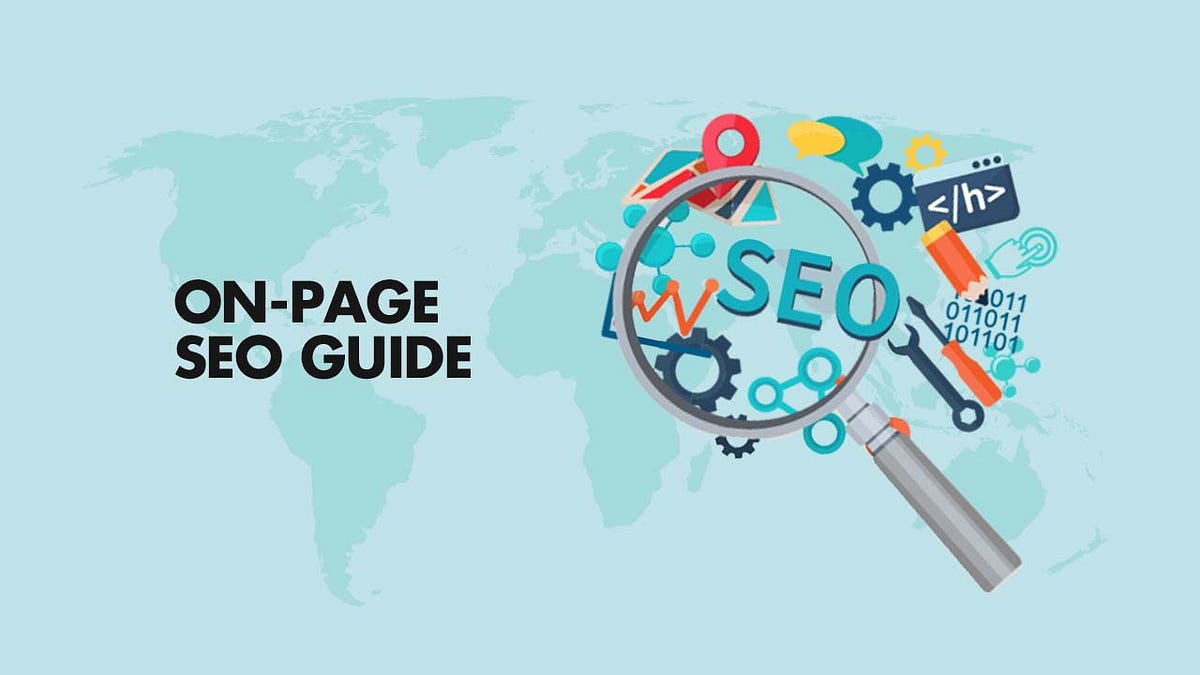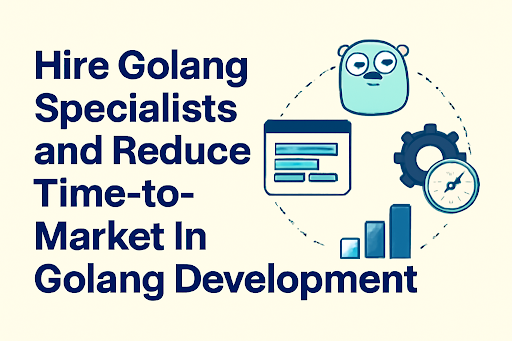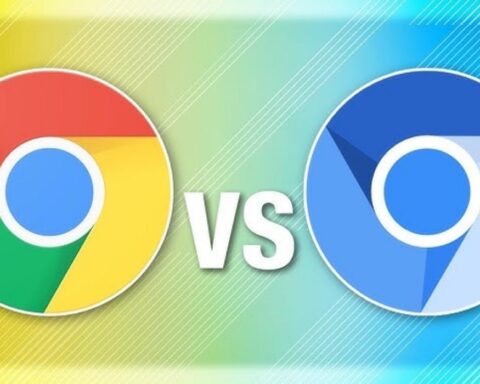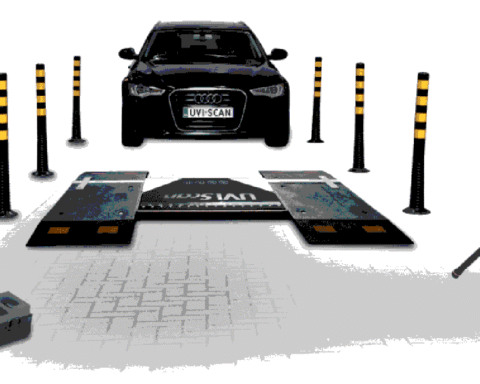You’ve got a fantastic website, filled with great content and a beautiful design. But if no one can find it on Google, it’s like having a billboard in the middle of the desert. The good news is, you don’t need a massive budget or a team of experts to start improving your visibility. A little strategic effort, focused on on-page SEO, can make a huge difference.
On-page SEO refers to all the optimization you do directly on your website to help search engines understand what your content is about. It’s the foundation of any successful SEO strategy. Here are five easy-to-follow, actionable tricks you can implement today to start boosting your rankings and attracting more organic traffic.
1. Master Your Meta Descriptions (and Titles)
Think of your page title and meta description as your brand’s digital storefront window. They’re what people see in the search results, and they’re your only chance to make a first impression.
- The Page Title: This is the most critical on-page ranking factor. It tells search engines exactly what your page is about. Your title should be concise, ideally between 50-60 characters, and include your primary keyword naturally. For example, instead of just “Running Shoes,” a better title would be “Best Running Shoes for Marathon Training | Brand Name.” This is more specific and directly answers a user’s potential query.
- The Meta Description: While not a direct ranking factor, a well-written meta description is crucial for click-through rate (CTR). It’s the short paragraph that appears under the title in search results. Use this space (around 155-160 characters) to summarize your page’s content and entice users to click. Include a call to action (CTA) like “Discover,” “Learn More,” or “Shop Now” to encourage clicks. A good meta description for the running shoes example might be: “Find the perfect marathon running shoes. Our guide covers top brands, expert reviews, and tips for finding the right fit. Shop our collection today!”
By optimizing both your title and meta description, you not only help search engines understand your content but also persuade users to choose your link over a competitor’s.
2. Write Compelling, High-Quality Content (with Keyword Integration)
Content is the heart of your website. Search engines are getting smarter every day, prioritizing content that is not only well-written but also truly helpful and comprehensive. Your goal is to be the best answer to a user’s question.
- Go Beyond the Basics: Instead of writing a short, surface-level post, aim for depth. If you’re writing about gardening tips, cover topics like soil types, watering schedules, and common pests. Use headings (H2, H3, H4) to structure your content, making it easy for both readers and search engines to scan.
- Natural Keyword Placement: While it’s important to include your target keyword, avoid “keyword stuffing”, the practice of unnaturally cramming keywords into your content. Instead, sprinkle your main keyword and related long-tail keywords throughout your article. For example, if your main keyword is “digital marketing strategy,” you might also include phrases like “online marketing plan,” “building a digital presence,” or “social media and email campaigns.” This signals to Google that your content is relevant and comprehensive.
- Add Visuals: Break up your text with images, infographics, and videos. Search engines like content that is engaging and user-friendly. Just remember to optimize your images, as explained in the next tip.
3. Optimize Your Images for Speed and SEO
Images are essential for a good user experience, but if they’re too large, they can slow down your site, which is a major turn-off for both users and search engines.
- Compress Your Images: Before uploading any image, use a compression tool (like TinyPNG or ImageOptim) to reduce its file size without sacrificing quality. A smaller file size means a faster loading page.
- Use Descriptive File Names: Instead of “IMG_2345.jpg,” rename your image file to something descriptive, like “green-running-shoes.jpg.” This helps search engines understand the image’s context.
- Fill in the Alt Text: The alt text (or alternative text) is a written description of the image that appears if the image fails to load. It’s also read by screen readers for visually impaired users. From an SEO perspective, it provides another opportunity to describe your image to search engines. Be descriptive and include a keyword if it’s natural. For our running shoes, the alt text could be: “Green running shoes with white soles on a paved track.”
4. Improve Your Site Speed (It’s More Important Than Ever)
Page speed is a major ranking factor. A slow-loading site frustrates users and leads to a higher bounce rate. A fast site, on the other hand, provides a smooth experience, encouraging visitors to stick around and explore more pages.
- Check Your Speed: Use free tools like Google’s PageSpeed Insights or GTmetrix to analyze your site’s performance. These tools will provide a score and a list of specific recommendations for improvement.
- The Little Things Add Up: Some easy fixes include compressing your images (as mentioned above), using a caching plugin (if you’re on WordPress), and minifying CSS and JavaScript files.
- Invest in a Good Host: Your web hosting provider plays a huge role in your site’s speed. If your site is still slow after implementing other fixes, it might be time to consider upgrading to a more reliable or dedicated hosting plan.
5. Leverage Internal Links for a Stronger Site Structure
Internal linking is the practice of connecting to other pages within your own website, and it’s one of the most powerful yet often overlooked SEO techniques.
Internal links help users navigate your website and discover additional content, while also giving search engines a clearer understanding of your site’s structure and how different pages relate to one another.
They also pass “link equity” or authority across your site, meaning that if your homepage has strong authority, linking from it to a new blog post can help that post rank faster.
To make the most of this tactic, add at least two to three relevant links whenever you publish new content, and always use descriptive anchor text rather than vague prompts like “click here.” Phrases such as “learn more about our digital marketing services” provide clearer context and better SEO value.
By building a consistent network of internal links, you not only enhance user experience but also strengthen your site’s authority in search results, a strategy any experienced Edmonton SEO agency would recommend.
Your Journey to SEO Success Starts Now
Implementing these five on-page SEO tricks won’t happen overnight, but the results are cumulative. Start with one or two pages, focusing on your most important content. As you get the hang of it, you can apply these techniques across your entire site.
By taking these small, consistent steps, you’re not just improving your rankings; you’re building a more robust, user-friendly, and ultimately, more successful online presence.








